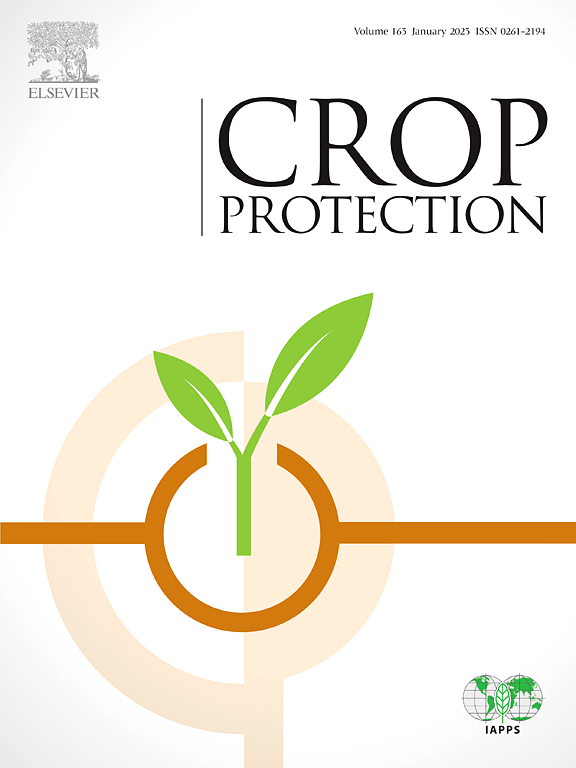Pests and diseases are major determinants of cocoa yield, but continuous synthetic chemical control of cocoa pests contributes to environmental pollution and high production costs. As an alternative, we assessed the influence of eight commonly retained forest tree species on mirid and black pod disease infestation, compared to unshaded portions in 10 cocoa fields in the Western region of Ghana. The influence of tree species, on-farm temperature, rainfall, and relative air humidity was assessed on mirid population densities on cocoa trees, and mirid and black pod disease infested pods from May 2018 to December 2020. Shade tree species had significant effects on mirid densities and resulting pod damages, with highest mirid occurrence in Triplochiton scleroxylon K. Schum (0.51 ± 0.12 mirids tree−1 yr−1) and lowest occurrence in Khaya ivorensis A. Chem (0.21 ± 0.07 mirids tree−1 yr−1), Cedrela odorata L. (0.22 ± 0.09 mirids tree−1 yr−1) and Milicia excelsa (Welw.) C. Berg. (0.24 ± 0.09 mirids tree−1 yr−1) plots, compared to the unshaded control plots (0.48 ± 0.12 mirids tree−1 yr−1). Black pod disease (caused by Phytophthora spp.) infection was significantly different among species with highest pod damage observed around Cola nitida Schott and Endl. and least in unshaded areas. The occurrence of black pod disease varied with seasons and correlated with monthly rainfall and humidity, while mirid infestation correlated with monthly temperature. The diameter of shade trees and the density of cocoa trees influenced both mirid infestation and black pod disease infection. Hence, careful selection of shade tree species appears to be an important strategy to enhance integrated pest management (IPM) in cocoa systems.
DOI:
https://doi.org/10.1016/j.cropro.2024.106810
Puntuación Altmetric:
Dimensiones Recuento de citas:



















